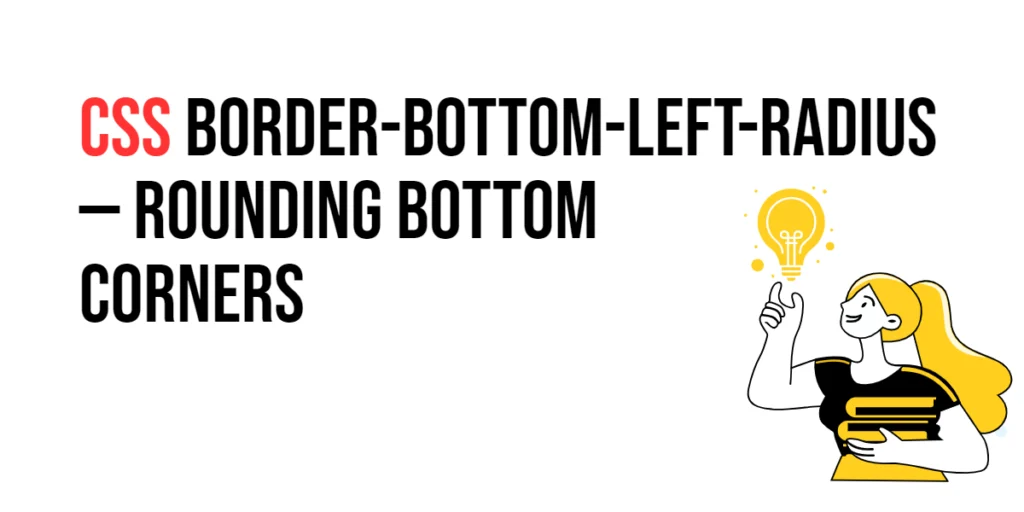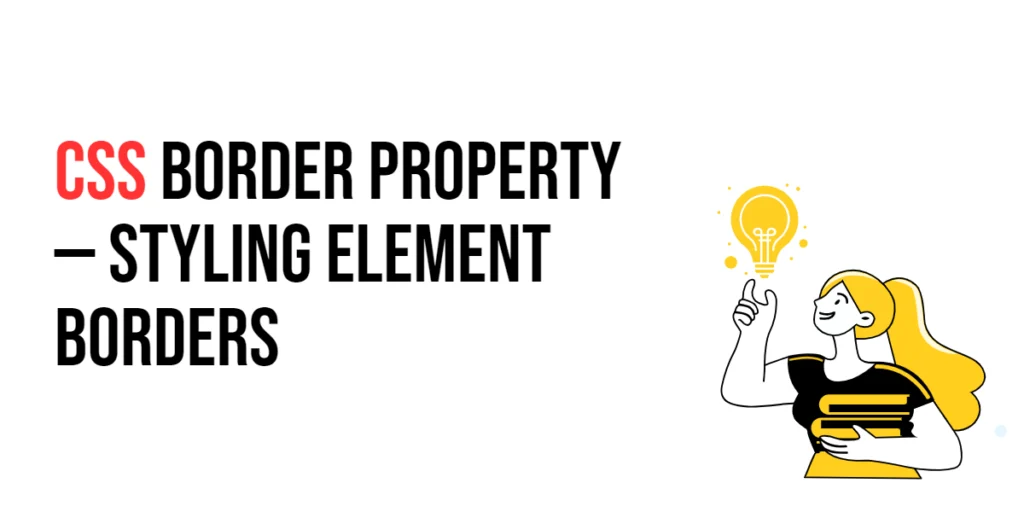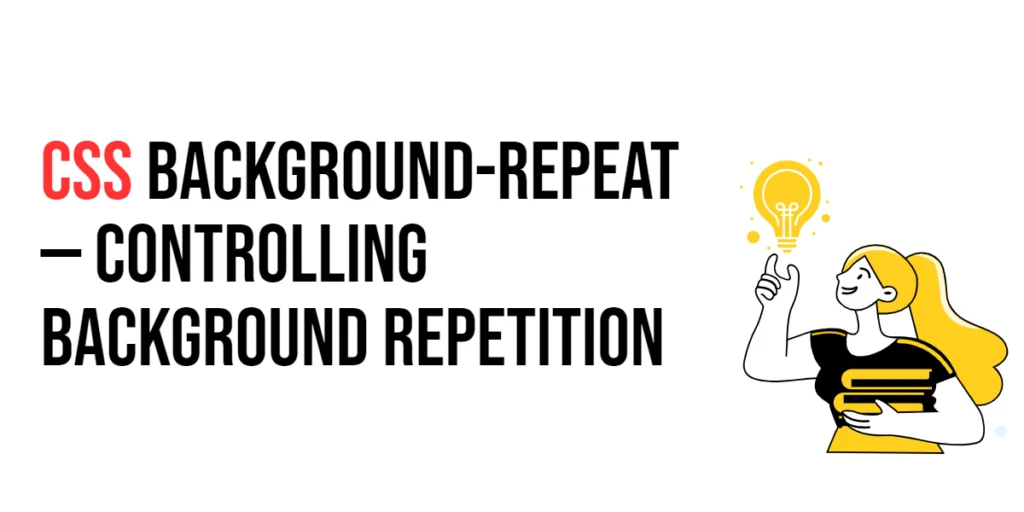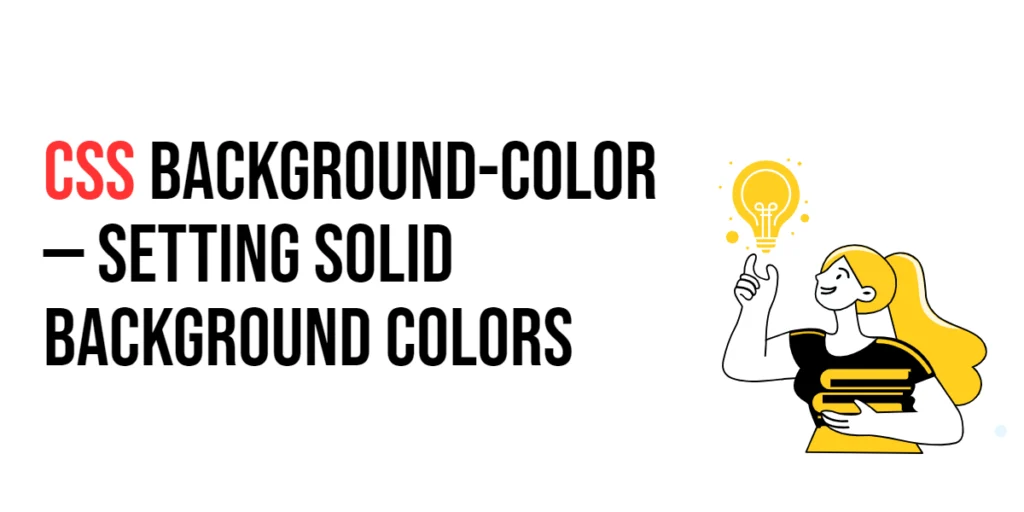CSS: Border-Bottom-Left-Radius – Rounding Bottom Corners
The border-bottom-left-radius property in CSS is used to create rounded corners on the bottom-left side of an element. This property allows developers to define the radius of the corner, providing a smooth, curved transition instead of a sharp angle. Rounding bottom corners can enhance the visual appearance of elements, giving a softer and more aesthetically […]
CSS: Border-Bottom-Left-Radius – Rounding Bottom Corners Read More »









